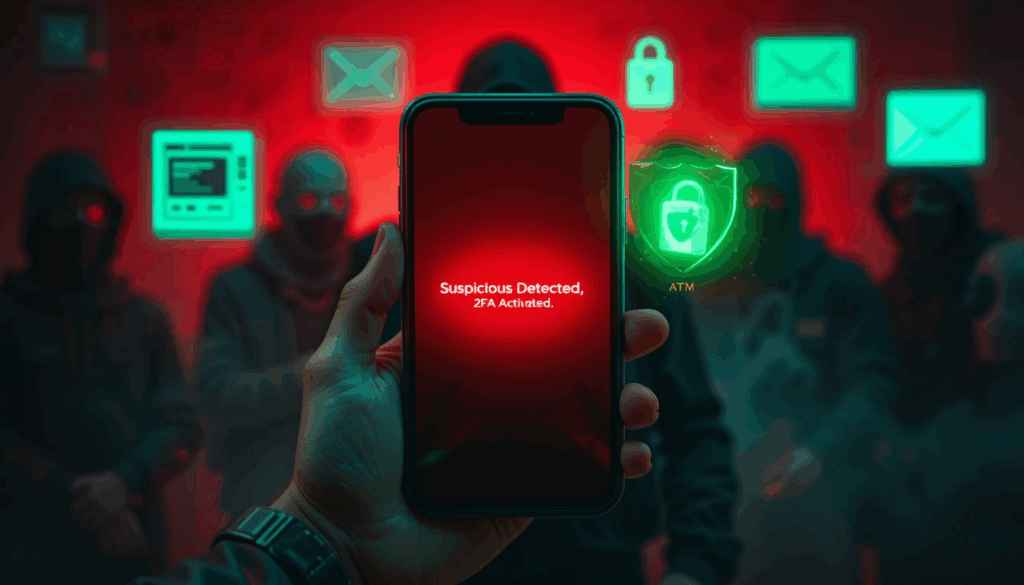Cybersecurity threats are no longer just a tech issue—they’re a direct assault on your wallet. Hackers now target digital wallets, banking apps, and payment systems with alarming sophistication, draining savings and eroding trust in fintech platforms. If you’re asking, “How do I secure my digital wallet?” or worrying “Is my banking app safe?” this guide will arm you with critical defenses.
Why Personal Finance Is Under Siege
-
AI-powered attacks: Hackers use generative AI to mimic voices (voice phishing) and bypass security questions.
-
Ransomware gangs: Target small banks and credit unions, locking users out of accounts until they pay.
-
Crypto wallet exploits: Stolen seed phrases and fake NFT platforms drain $12B annually from retail investors.
Step 1: Fortify Your Accounts
-
Enable two-factor authentication (2FA): Use hardware keys (Yubikey) instead of SMS codes for banking apps and digital wallets.
-
Freeze credit reports: Block unauthorized loans or cards via Experian, Equifax, and TransUnion.
-
Biometric security: Replace passwords with fingerprint/face ID for fintech logins.
Step 2: Spot and Stop Threats
-
Phishing red flags: Misspelled URLs, urgent “account frozen” emails, or unsolicited verification codes.
-
Skimming scams: Avoid public USB chargers and ATMs in low-traffic areas—hackers install card readers.
-
Monitor accounts: Set real-time alerts for all transactions (even $1) to catch breaches early.
Step 3: Use Cutting-Edge Tools
-
Antivirus upgrades: Norton 360 and Bitdefender now offer AI-driven cybersecurity insurance for stolen funds.
-
Blockchain security: Store crypto in cold wallets (Ledger, Trezor) and verify NFT platforms via CertiK audits.
-
VPNs for banking: Encrypt connections on public Wi-Fi to hide financial data from snoopers.
Step 4: Advocate for Systemic Change
-
Demand stricter government regulations on fintech firms, including mandatory encryption and breach disclosures.
-
Support lawmakers pushing for a “Consumer Data Bill of Rights” to limit how banks share your information.
The Human Cost
Low-income households and seniors are hardest hit—43% of cyber fraud victims over 60 lose life savings, with little hope of recovery.
Final Tip: Prepare for the Worst
-
Backup funds: Keep a separate account with 1–2 months’ expenses, untouched by digital apps.
-
Document everything: Screenshot balances and transactions daily to streamline fraud disputes.



